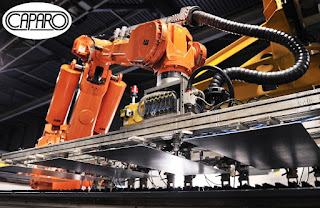The Pillars of Production: Fabrication and Forging

Behind each massive construction and each complex machine, there is an elaborate and skilled network of service providers. Industrial fabrication supplier are most incorporated into this world since they take raw materials and engineered designs and produce the parts and frameworks that keep everything running. These professionals make everything from metals and alloys, cutting and welding, to construct various products, including special machinery enclosures, structural supports, etc. They are what industrial growth can produce. Forged parts can take any form, but they are the strongest. Metal is joined and shaped alternately to fabricate the most powerful part. Forging, as a process, works with limited compressive forces to shape the metal. This event not only increases the strength of the material but also smoothens the grain structure. Parts produced by this ancient construction scheme, driven by modern technologies, are up to the standards of resistance and stability. T...
.jpg)

.jpg)
